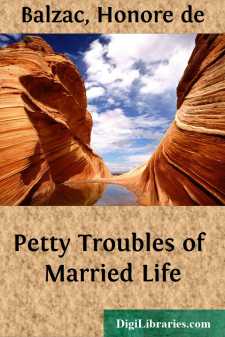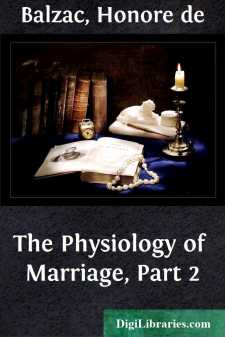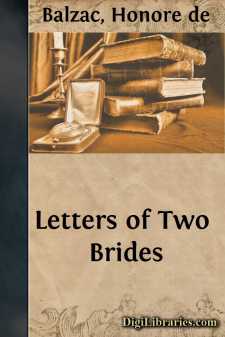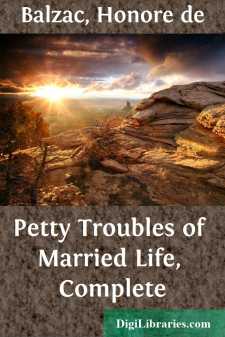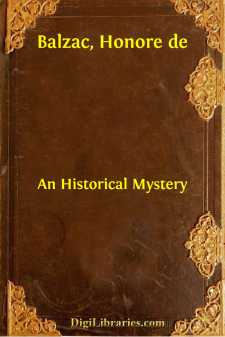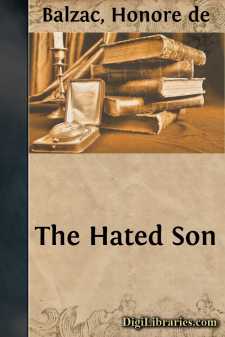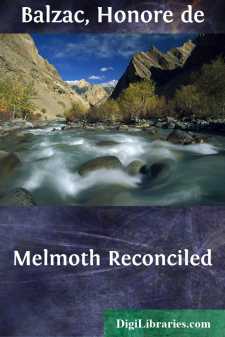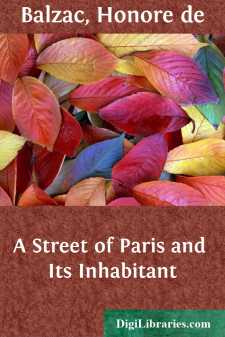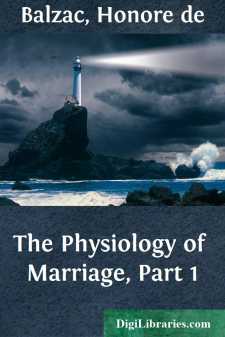Categories
- Antiques & Collectibles 13
- Architecture 36
- Art 48
- Bibles 22
- Biography & Autobiography 813
- Body, Mind & Spirit 142
- Business & Economics 28
- Children's Books 14
- Children's Fiction 11
- Computers 4
- Cooking 94
- Crafts & Hobbies 4
- Drama 346
- Education 46
- Family & Relationships 57
- Fiction 11829
- Games 19
- Gardening 17
- Health & Fitness 34
- History 1377
- House & Home 1
- Humor 147
- Juvenile Fiction 1873
- Juvenile Nonfiction 202
- Language Arts & Disciplines 88
- Law 16
- Literary Collections 686
- Literary Criticism 179
- Mathematics 13
- Medical 41
- Music 40
- Nature 179
- Non-Classifiable 1768
- Performing Arts 7
- Periodicals 1453
- Philosophy 64
- Photography 2
- Poetry 896
- Political Science 203
- Psychology 42
- Reference 154
- Religion 513
- Science 126
- Self-Help 84
- Social Science 81
- Sports & Recreation 34
- Study Aids 3
- Technology & Engineering 59
- Transportation 23
- Travel 463
- True Crime 29
The Thirteen
by: Honore de Balzac
Description:
Excerpt
INTRODUCTION
The Histoire des Treize consists—or rather is built up—of three stories: Ferragus or the Rue Soly, La Duchesse de Langeais or Ne touchez-paz a la hache, and La Fille aux Yeux d'Or.
To tell the truth, there is more power than taste throughout the Histoire des Treize, and perhaps not very much less unreality than power. Balzac is very much better than Eugene Sue, though Eugene Sue also is better than it is the fashion to think him just now. But he is here, to a certain extent competing with Sue on the latter's own ground. The notion of the "Devorants"—of a secret society of men devoted to each other's interests, entirely free from any moral or legal scruple, possessed of considerable means in wealth, ability, and position, all working together, by fair means or foul, for good ends or bad—is, no doubt, rather seducing to the imagination at all times; and it so happened that it was particularly seducing to the imagination of that time. And its example has been powerful since; it gave us Mr. Stevenson's New Arabian Nights only, as it were, the other day.
But there is something a little schoolboyish in it; and I do not know that Balzac has succeeded entirely in eliminating this something. The pathos of the death, under persecution, of the innocent Clemence does not entirely make up for the unreasonableness of the whole situation. Nobody can say that the abominable misconduct of Maulincour—who is a hopeless "cad"—is too much punished, though an Englishman may think that Dr. Johnson's receipt of three or four footmen with cudgels, applied repeatedly and unsparingly, would have been better than elaborately prepared accidents and duels, which were too honorable for a Peeping Tom of this kind; and poisonings, which reduced the avengers to the level of their victim. But the imbroglio is of itself stupid; these fathers who cannot be made known to husbands are mere stage properties, and should never be fetched out of the theatrical lumber-room by literature.
La Duchesse de Langeais is, I think, a better story, with more romantic attraction, free from the objections just made to Ferragus, and furnished with a powerful, if slightly theatrical catastrophe. It is as good as anything that its author has done of the kind, subject to those general considerations of probability and otherwise which have been already hinted at. For those who are not troubled by any such critical reflections, both, no doubt, will be highly satisfactory.
The third of the series, La Fille aux Yeux d'Or, in some respects one of Balzac's most brilliant effects, has been looked at askance by many of his English readers. At one time he had the audacity to think of calling it La Femme aux Yeux Rouges. To those who consider the story morbid or, one may say, bizarre, one word of justification, hardly of apology, may be offered. It was in the scheme of the Comedie Humaine to survey social life in its entirety by a minute analysis of its most diverse constituents. It included all the pursuits and passions, was large and patient, and unafraid....



